A modern master pays tribute to one of the all-time greats…
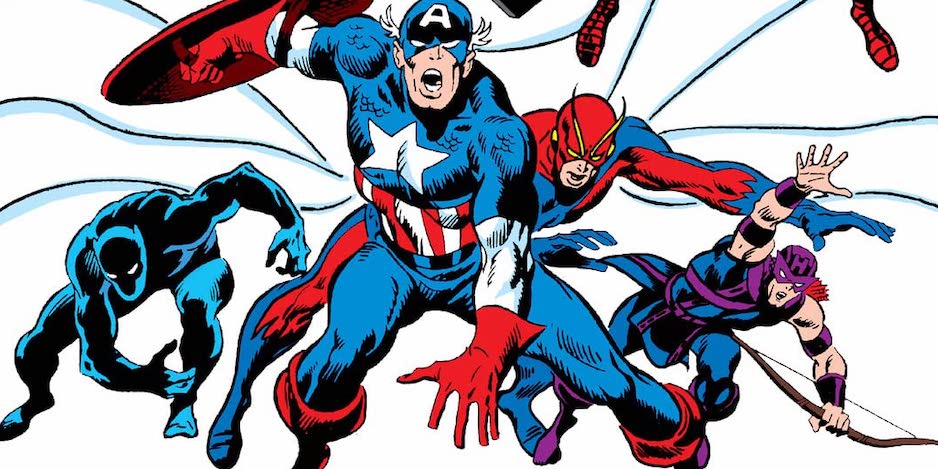
—
UPDATED 12/11/24: The late John Buscema was born 97 years ago on Dec. 11, 1927. Perfect time to re-present this terrific 2020 piece by star artist Joe Jusko. Oh, and for this year’s 13 COVERS birthday salute, click here. You’ll be glad you did! Dig it. — Dan
—
The late, great John Buscema was born 94 years ago, on Dec. 11, 1927.
Typically we’d do a 13 COVERS tribute, but this year we have something special — an appreciation by fantasy painter extraordinaire Joe Jusko, who was inspired to become an artist by Buscema’s dynamic work.
So dig this look at Big John’s bold influence on generations of artists — and you can still find links to previous 13 COVERS salutes below.
Here’s Joe:
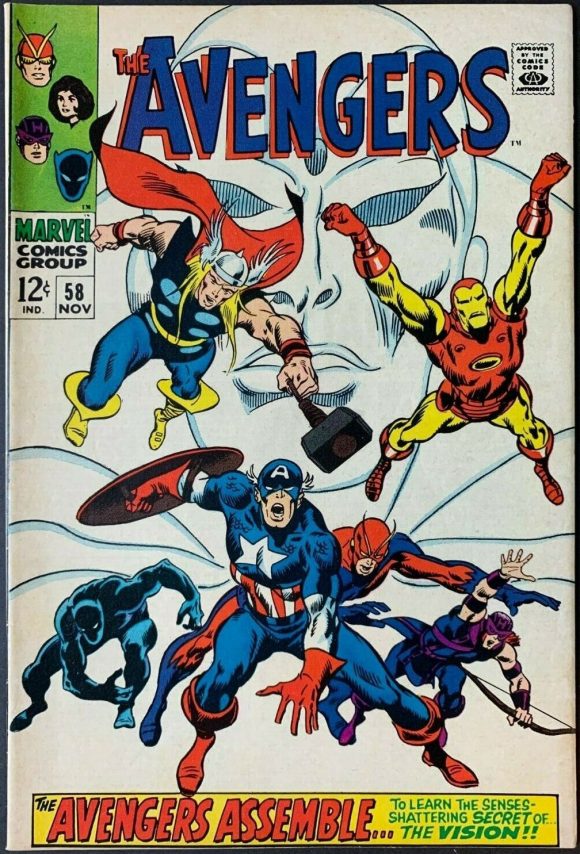
John Buscema pencils. Either Buscema or George Klein inks.
—
By JOE JUSKO
Anyone who has chosen art as a career can look back and remember the who or what that flipped the switch on that choice. For me, it was buying The Avengers #57 and #58 from a kid in a playground when I was 8 years old.
I grew up with comics in our house and I had been drawing since I could hold a pencil, inspired by watching my older brother Danny draw, but discovering John Buscema’s work in those books transformed my life and gave me a singular goal from that day on — I wanted to become the next John Buscema!
I spent the ensuing years, up through my graduation from New York City’s High School of Art and Design, copying, studying and trying to absorb as much of what made his work so appealing to me as I could. As I neared graduation I realized that I would never be the draftsman Buscema was and on a whim decided to switch my focus to painting (though to this day so much of his style and nuance permeates my figure construction and compositions). Of the countless artists I have studied and learned from, he remains the single biggest influence of my career.
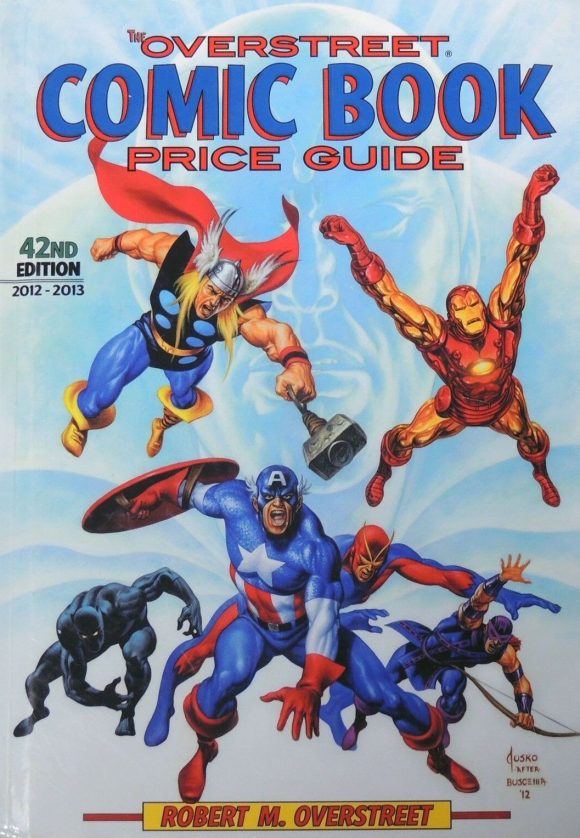
Joe’s take on Buscema’s classic Avengers #58 cover
John Buscema began his career in the late 1940s, working as a journeyman artist for many of the comic publishers of the day. He cut his teeth drawing stories of every conceivable genre: romance stories for books like Romantic Adventures and Love Diary; crime stories for Wanted Comics; and sci-fi/fantasy stories for Strange Tales, Strange Worlds, Tales of Suspense, etc. He drew sports books, historical dramas and biographies, horror and jungle tales.
In 1956, he drew Nature Boy for Charlton, his inaugural superhero work. Many feel his best work from that period, however, was for Dell. He had a long run on the Roy Rogers comic, capturing as good a likeness of the famous cowboy as could be imagined, as well as several beautifully illustrated tales for Indian Chief, but his Four Color movie adaptations are considered the pinnacle of his pre-Marvel portfolio.
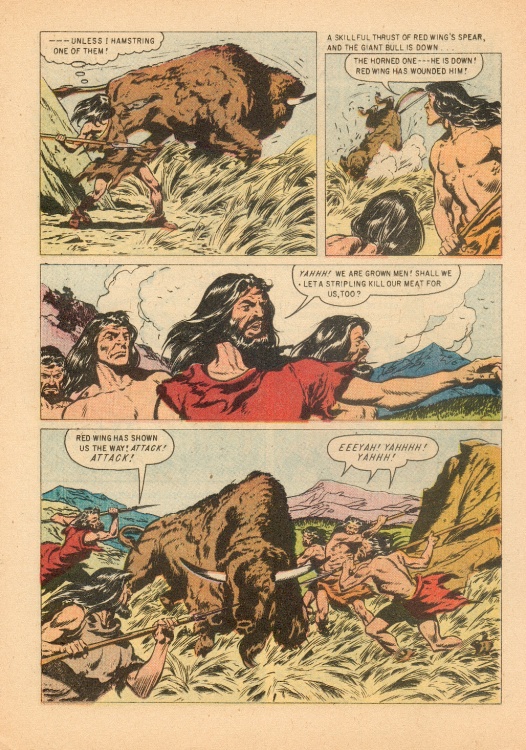
Indian Chief
Steve Reeves in Hercules, Harryhausen’s The 7th Voyage of Sinbad, The Vikings, Helen of Troy and Spartacus all played to John’s strengths and interests — which Roy Thomas would repeatedly cater to during their many collaborative years at Marvel.
The Count of Monte Cristo is a master class of posing, facial expressions and hand gestures, things at which he excelled more so than almost anyone. As an exclamation point on that, his brother Sal once told me a story about John still taking life-drawing classes in his 70s. When Sal incredulously asked him why, John said he “just wanted to keep his hand loose”!
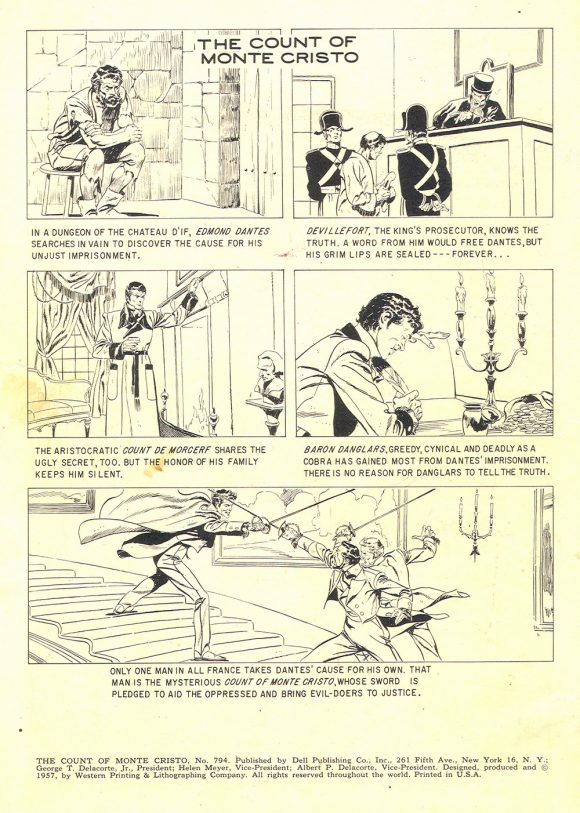
In the late ’50s/early ’60s he pursued a career in advertising and commercial art, only to be cajoled back into comics by Stan Lee. It was a brilliant decision by Stan, one that would positively affect Marvel Comics for decades.
If there was one thing John’s pre-Marvel work lacked it was dynamics, and his classically drawn figures and staging came across as a bit stiff. Not surprising as his influences were the likes of Hal Foster and Alex Raymond, both wonderful draftsmen who were locked much of the time into static storytelling. In John’s defense, the standard six-panel grid layouts left very little room for more than moving the story along — though he started to show the seeds of what his action would become in books like Hercules.
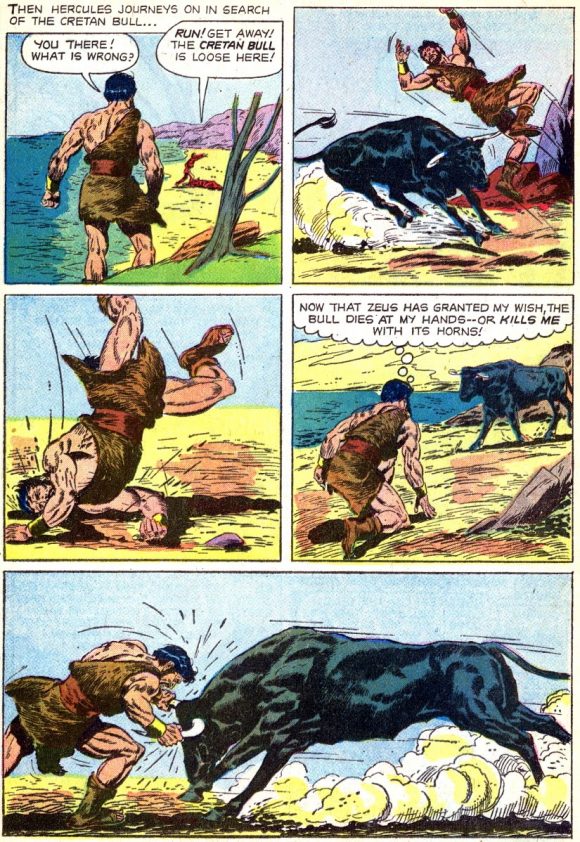
Jack Kirby had developed a hyper-exaggerated approach to action and panel compositions that set Marvel apart from its competitors and John quickly melded those factors with his superlative figure work, turning him into one of the most dynamic comic artists of all time. It fell on his shoulders to be the workhorse and carry the line at Marvel in the wake of Kirby’s exodus and he steadfastly did so for the next couple of decades. He inspired generations of new artists, many of whom are still active today and whose work shows a distinct Buscema influence.
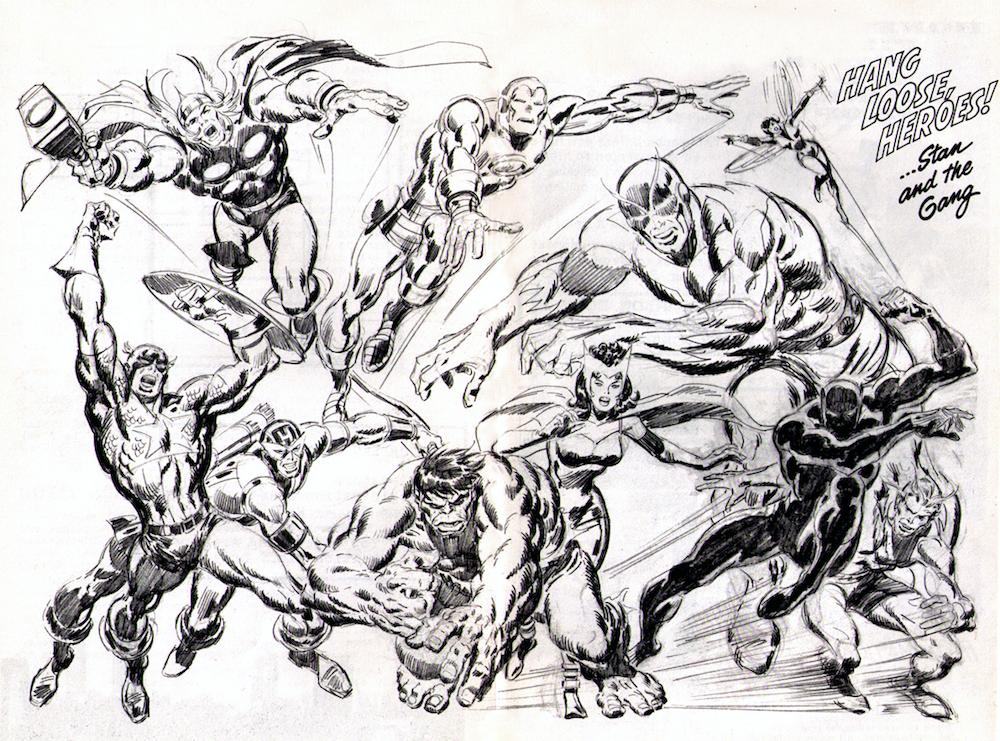
Affectionately referred to as “The Michelangelo of Comics,” John Buscema was quite possibly the purest draftsmen the industry has ever seen. A master of the human form, equally adept at subdued, nuanced poses and powerful action, his became the “house style” at Marvel Comics for years. His output was prodigious and covered every genre with equal mastery.
There will never be another artist like him; a man who’s love of drawing shined through in every stroke of his pencil.
—
MORE
— 13 COVERS: A JOHN BUSCEMA Birthday Celebration — 2021 Edition. Click here.
— 13 COVERS: A JOHN BUSCEMA Birthday Celebration — 2019 Edition. Click here.

December 11, 2020
Happy birthday to the late Mr. Buscema.
December 11, 2020
Happy B-day to one of the greatest artistas of all time.
December 12, 2020
Seconded! Loved Big John’s work. Every time. His Avengers was also a high water mark for superhero art, for me. Fantastic tribute- from a guy who is no slouch himself. Thank you, Joe!
December 11, 2021
Buscema was truly one of the greats, surpassing just about everyone in his peer group. Interesting trivia on Joe Jusko, that’s him in the Captain America costume on the photo cover of Marvel Team Up #128 with letterer Jack Morelli in the Spider-Man costume. The photo shoot was on top of the Marvel Comics building in New York and the two of them played a prank on editor Tom DeFalco during the shoot which nearly gave DeFalco a heart attack.
There was another edge on the outside of the visible edge of the roof and when Tom came up to see how the session was going, (Jack and Joe were in the offices and the costumes fit both of them) Jack jumped up on the edge of the roof and did some Spidey like moves before seeming to “fall” off the edge.
Jack was there for a lot of shenanigans at Marvel in the 80s and if a promoter was smart they’d bring him to a show and just have him tell some of those stories.
December 12, 2021
Hard to believe it’s going to be 20 years since John passed. I still miss seeing new work by one of the GOATs.